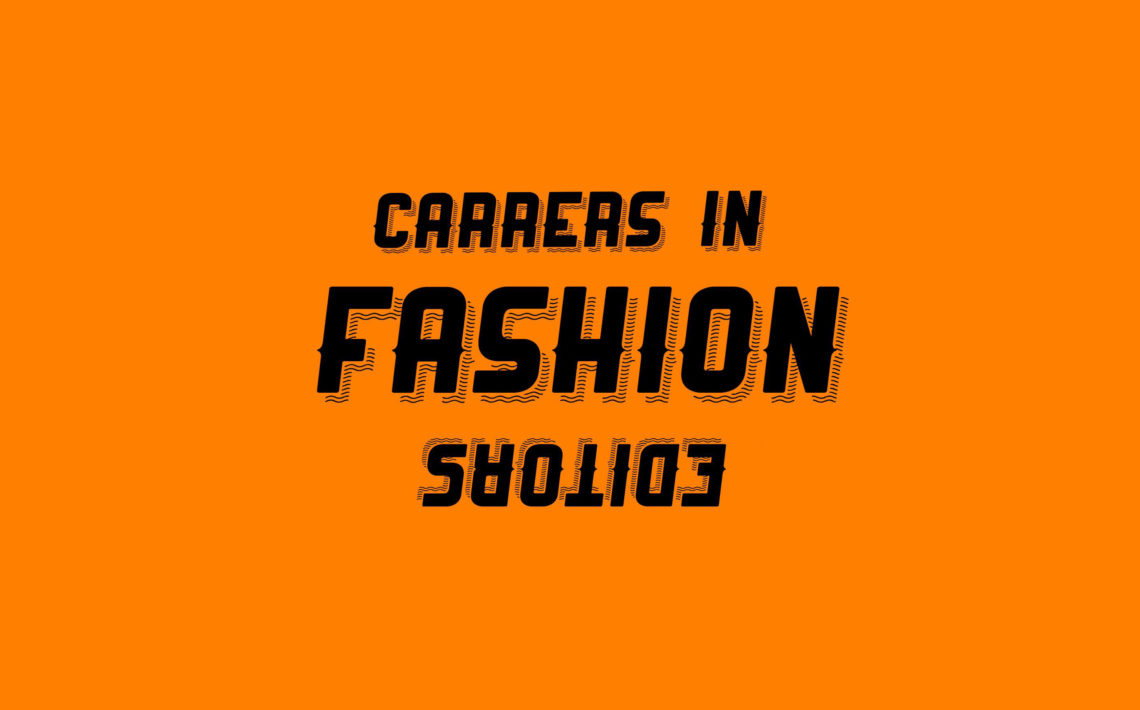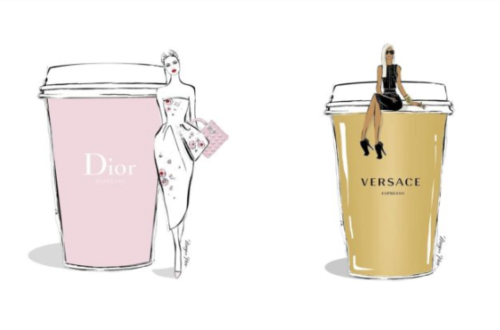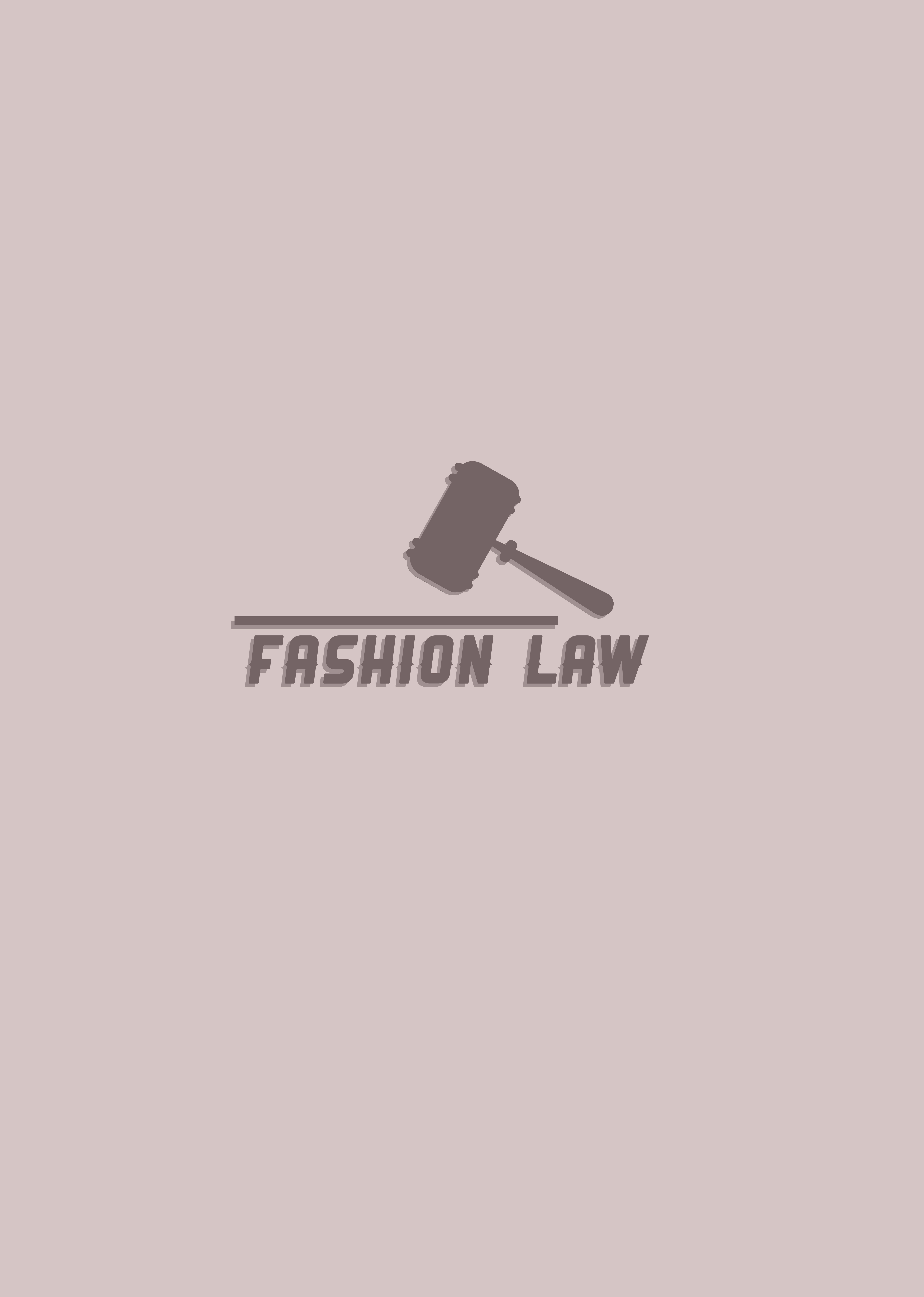Fashion editors are hardly the most unheard of or enigmatic figures in fashion; names like Anna Wintour, Suzy Menkes or Carine Roitfeld surely ring a bell. Their roles have been glamorised countlessly on television and through literature. Although The Devil Wears Prada, supposedly a satire of Mrs. Wintour, gives fun beginner’s insight on this career, it isn’t a rigorously accurate depiction. So what exactly is a fashion editor and what comprises the scope of their responsibilities?
Fashion editors are the people who oversee the process of imagining and producing content for fashion-specific outlets, traditionally magazines. Editors report to the editor-in-chief; the highest-placed and most powerful editor of a publication. Their role is to decide which artistic direction their media will follow for a particular season or issue and make sure the adequate content is created. They’re responsible for contacting and coordinating all parties necessary to this creation process: designers, stylists, make-up artists, photographers and models to name a few… Editors are thus of creative nature yet require strong organisational and collaborative skills. Their days are usually of disparate routines, some spent on photoshoots, in showrooms or other in meetings brainstorming. Being an editor also entails the need for constant innovation, being in-the-know of current events and trends and a sharp eye.
Sadly, this job is in a dangerous place today as media, especially print, has been roughly shaken up. Due to the digital revolution and a decrease in advertising placements in publications, a multitude of editors have left their jobs in 2018 and many famed magazines including Teen Vogue or Glamour have stemmed their print publications. There has been a decisive shift in the way fashion is consumed: instead of gaining insight from a few fashion “bibles”, consumers now source inspiration autonomously from social media in a way that is more tailored to them and accessible.
So are fashion editors vowed to disappear entirely? Hardly. Magazines may be suffering but media is more alive than ever. A study reports that American adults spend more than 11 hours a day with media, up from 9 hours 32 minutes four years ago. Simply, they aren’t flipping through magazines but scrolling through social media on their phones. In this context, fashion editors will have to redesign their approach to content creation. More than simply creating digital versions of their magazines, they must truly reshape the formats, making posts that are visually striking and articles that challenge the status-quo. Readers don’t long to hear about what to wear next season anymore but want to learn about variant subjects such as fashion sustainability, inclusiveness or the hottest emerging designers. Journalism today must be innovative with a focus on burgeoning outlets such as podcasts or newsletters and YouTube. These are platforms where consumers feel most targeted and included. Vogue, for example, has a YouTube channel where they interview celebrities in a playful way or share intimate facets of their lives such as makeup routines and house tours. Their content is ding exceptionally well- consumers are getting the insight they desire in a more engaging way they could ever have through glossy magazine pages. In addition, many editors start to double as influencers; their reach and following has a positive ripple effect on the magazine they work for plus brands are more inclined to place advertisements with them.
Overall, fashion editors are facing a complete remodelling of their jobs. They will survive the digital wave under the condition that they adapt to what consumers want today: unconventional articles formatted in a visual and entertaining manner.
by Alice Gandon






